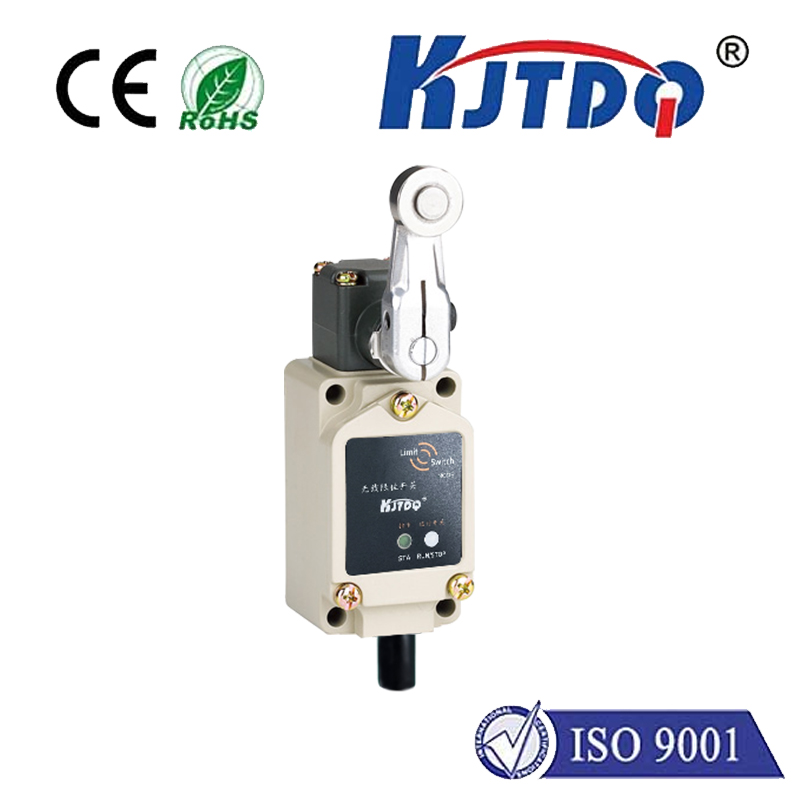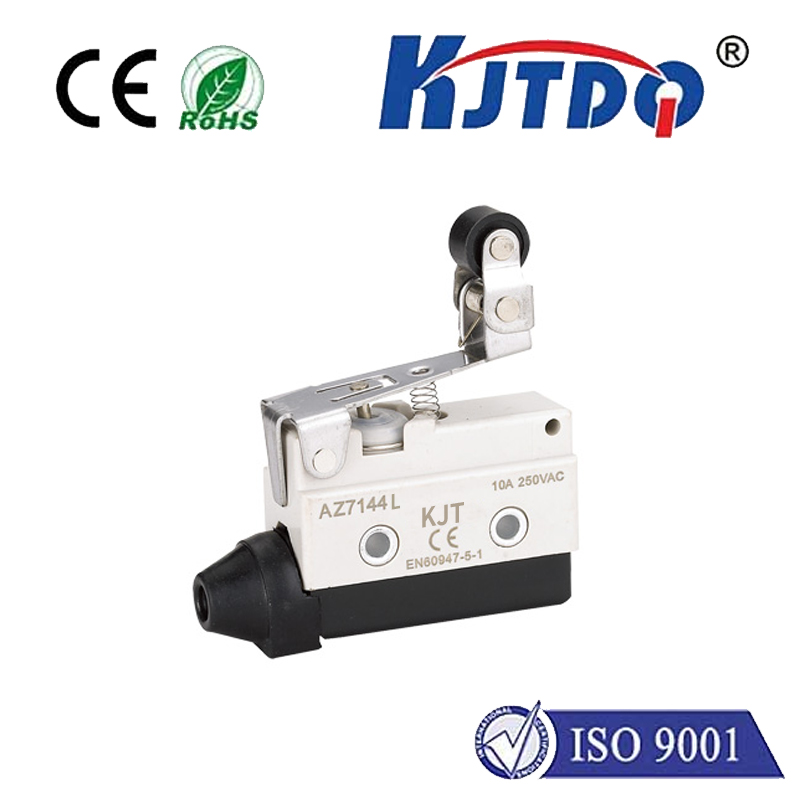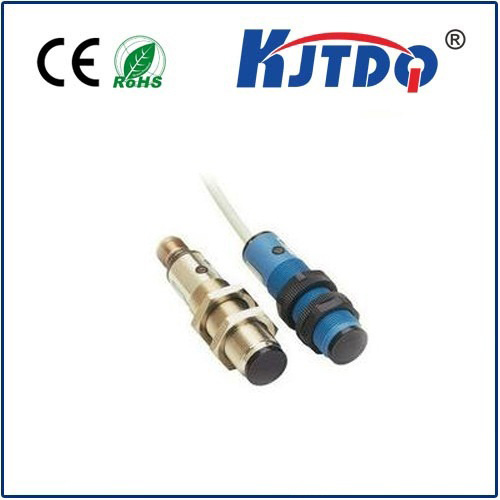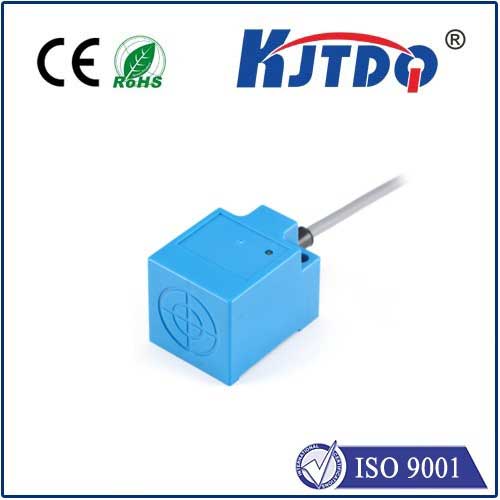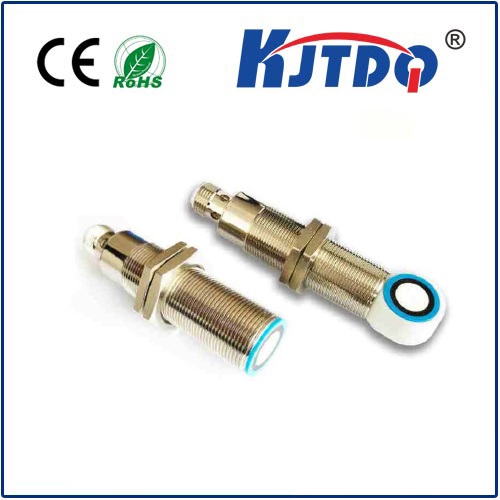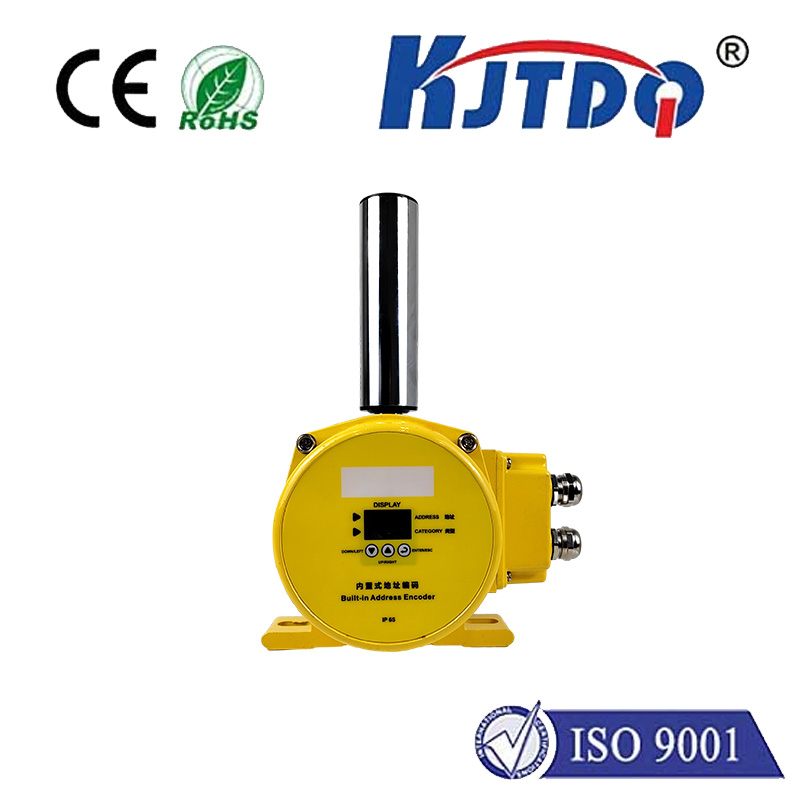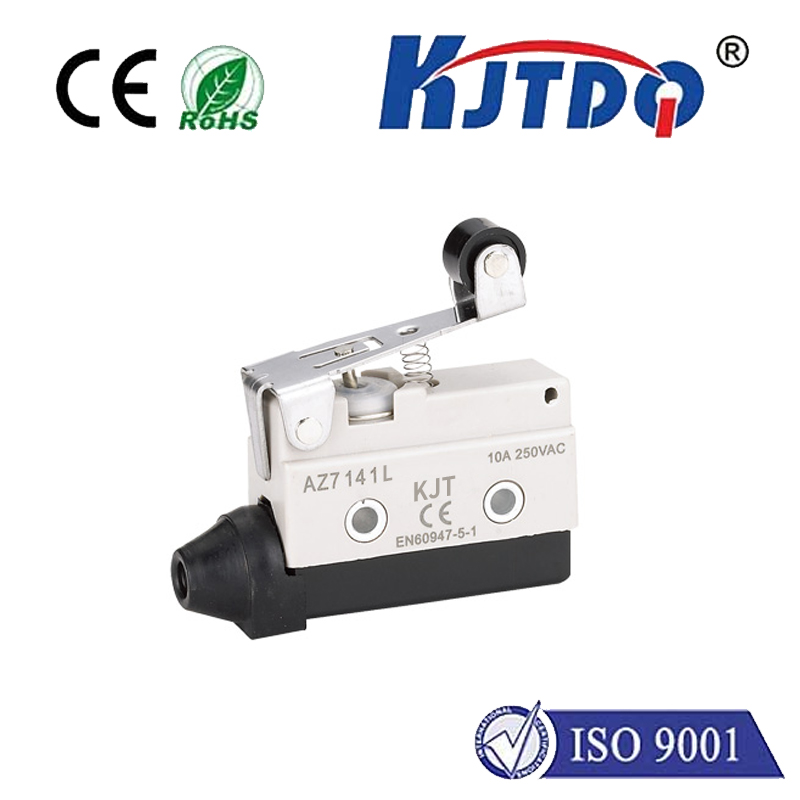

check

check

check

check

check

check

check

check

check

check
Title: The Revolutionary Power of Triangulation Sensors
In the ever-evolving world of technology, sensors have become the backbone of modern innovation. Among the myriad types of sensors available, triangulation sensors stand out for their unique capabilities and wide-ranging applications. In this article, we will explore what makes these sensors so revolutionary and how they are shaping various industries.
Firstly, let's delve into the basics. A triangulation sensor operates on the principle of triangulation, which involves calculating the distance between two points by measuring the angles formed by the intersection of imaginary lines. This simple yet effective method enables triangulation sensors to measure precise distances without coming into physical contact with the target object. Such non-contact measurements are crucial in scenarios where touching the object could alter its position or damage it, making triangulation sensors invaluable tools in numerous fields.

Now, let's discuss some prominent applications of triangulation sensors. One such area is industrial automation. In manufacturing processes, these sensors play a vital role in quality control by accurately measuring the dimensions and positions of components. They also contribute to efficiency improvements by guiding robotic arms in assembly lines, ensuring precision and minimizing errors.
Another significant domain where triangulation sensors shine is transportation. In autonomous vehicles, they function as part of the LiDAR (Light Detection and Ranging) system, mapping the vehicle's surroundings to provide real-time 3D information. This data is essential for obstacle detection, navigation, and safe driving at all times.
The construction industry also benefits from triangulation sensors. Surveying and layout work become more manageable with these devices, which can quickly and precisely measure distances, levels, and angles. This not only speeds up construction projects but also enhances their accuracy and safety.
Furthermore, triangulation sensors have found their way into medicine. In prosthetics development, they help customize fittings by accurately measuring patients' body parts. Similarly, in motion capture systems used for physical therapy and sports performance analysis, these sensors track movement with high precision, providing valuable data for assessment and improvement.
Lastly, triangulation sensors are integral to the entertainment industry. They are used in film production to create lifelike special effects through motion tracking of actors and objects. Moreover, in interactive media installations and gaming, these sensors enable users to interact with virtual environments naturally and seamlessly.
In conclusion, triangulation sensors epitomize the transformative power of technology. Their ability to measure distances with high precision and without physical contact has revolutionized various sectors, from manufacturing and transportation to healthcare and entertainment. As technology continues to advance, it's exciting to imagine the new realms triangulation sensors might explore and the further innovations they could inspire.
